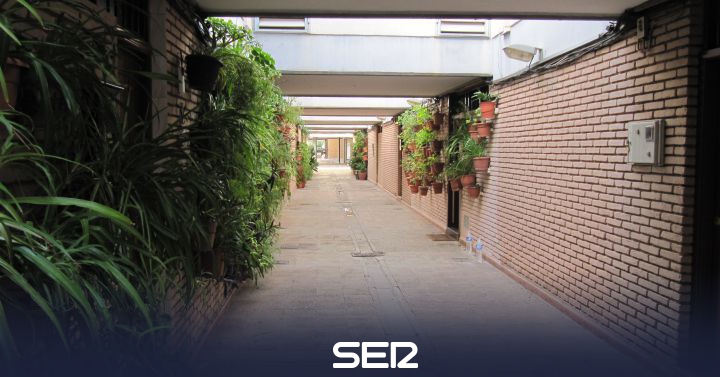This 2021 has been declared the Year Emilia Pardo Bazán commemorating the centenary of the death of one of the most important writers and intellectuals of the late nineteenth and early twentieth centuries in Spain. Her connection with our city was scarce, but her status as a universal woman led to her name being used indisputably deservedly in the onomastic reform of 2017 to label one of the passages of the famous Antonio Rueda Group. It is evident that the comparison in the historical context does not hold, but it is worth as an example that while Pérez Galdós has given its name to one of the best known and busiest avenues in Valencia for a hundred years, Pardo Bazán has just landed on the gazetteer, hidden between the swarm of streets of said residential complex, both being considered, together with Leopoldo Alas Clarion, the greatest exponents of literary realism in our country.
The name of Emilia Pardo Bazán was suggested, like most of the women’s names that were labeled in 2017, by the Municipal Council of Women, not only because of her high intellectual level that she made clear in all her facets, as a writer, translator, editor, lecturer and professor, but above all, for having been a champion and tireless fighter for women’s rights, for her access to culture and its social recognition. Pardo Bazán claimed, with the enormous personal strength that characterized him, the right of women to access all educational levels and to exercise any profession with equal opportunities as men. She was, therefore, a pioneering feminist activist, a forerunner in her ideas regarding the right to education for women. His tribute in the public space of Valencia is more than justified.
On the opposite side of this history of urban toponymy is an anonymous Falangist, a native of Ciudad Real, named Sabas Arias, who by the mere fact of having belonged to the victorious side of the war, named since 1972 one of the streets of the Residential complex that also bore the name of an old Francoist such as Antonio Rueda, Civil Governor of Valencia between 1962 and 1973. This group of 1002 homes, located between the Tres Forques – Archduke Carlos and Santa Cruz de Tenerife arteries, known at first As Polígono de Castilla, it was built between 1965-1972 within the program of the Work of the Union of the Home – Franco’s institution created to coordinate the construction of low-income housing- to give shelter to low-income families. The 29 streets of the Antonio Rueda Group, labeled in 1972 under the mandate of the Mayor, also a Falangist, Vicente López Rosat, were a monument to the dictatorship, a tribute to the victors in the decline of the regime.
But this democratic anomaly was corrected four years ago, and where before there was hatred and confrontation, now there are names of illustrious women, such as that of the writer Emilia Pardo Bazán.
–


